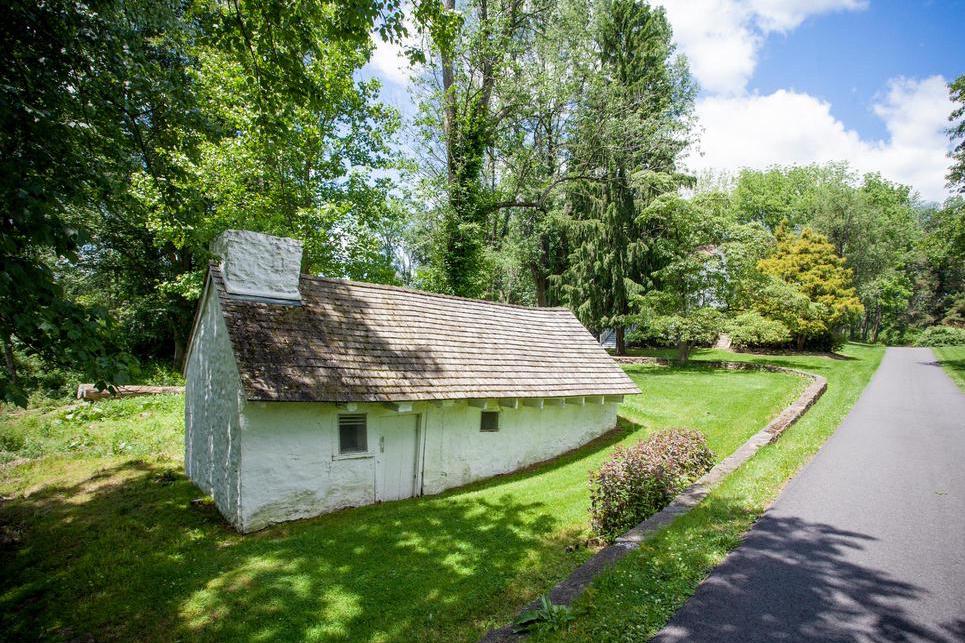While driving through the countryside, you may notice small rustic stone or whitewashed structures built into the landscape. These are spring houses and they were integral aspects of 18th and 19th century farm properties.
Often banked into the landscape or a hillside, the spring house provided fresh water for the farm and rudimentary refrigeration. Inside the spring house, the water provided a cooler temperature in the summer for storing milk, butter, cheese, meats, and vegetables. In the winter, the water temperature was warmer than the outside air and thus kept the interior above freezing. Therefore spring houses could also function as root cellars, and some doubled as a smoke house, like the one at 751 Fairview Road in Glenmoore.
Obviously, these small stone structures were a valuable asset on a farm back in the days before running water and refrigeration. Today they are a charming reminder of a past way-of-life.
-Beth Gilbert-Crowell
